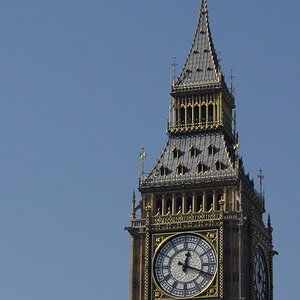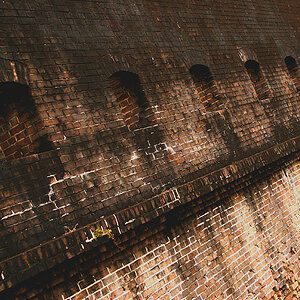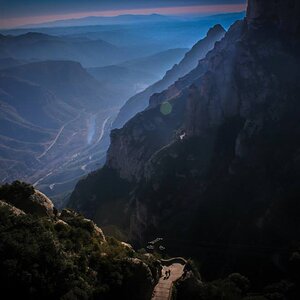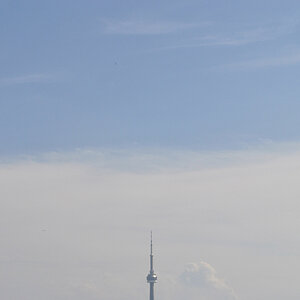benjaminpendleton
TPF Noob!
- Joined
- Aug 12, 2008
- Messages
- 14
- Reaction score
- 0
Hi Everyone, I'm completely new to the forum... here goes!
I have some transparencies (Kodalux) from 20 years ago that I'm wanting to transfer over to digital (JPEG). They're of historical value and I'm planning to upload them onto a website (RedBubble) for possible sale as photographic prints and posters. Redbubble is demanding high resolution, 5,000 x 7100 pixels for their largest size poster... I'd like to go for it.
I am a very low-tech individual. Some (perhaps obvious) questions, if you don't mind:
The photo shop I took my transparencies to (a very well known one in the Allentown, Pa area) for some reason couldn't get anywhere near the number of pixels I need. I'm not sure why... They were using a flat scanner.
I read that transparencies don't work as well as film on a flat scanner anyhow... Is that correct?
One of their salesmen took me aside and said that I'd be better off scanning them with something like a Nikon Coolscan... how do they do with slides? Any Problems? They had one for sale... for $600.
Someone else said that a drum scanner was the best way to go... but I can't find anyone around here that has one. Do I go to photo shops, graphic designers, printers, check in the Philadelphia area, or what?
Lastly, someone else suggested another photo store with a Noritsu; I talked to the store and he claimed that he could get "ultra" high quality from transparencies. This place is easily accessible and has convenient hours. Am I going to get "ultra" or just better than average?
I guess my real question is, should I go to the effort of tracking down a drum scanner or will the Noritsu do an "ultra" job with a lot less hassles?
Thanks for your time!
I have some transparencies (Kodalux) from 20 years ago that I'm wanting to transfer over to digital (JPEG). They're of historical value and I'm planning to upload them onto a website (RedBubble) for possible sale as photographic prints and posters. Redbubble is demanding high resolution, 5,000 x 7100 pixels for their largest size poster... I'd like to go for it.
I am a very low-tech individual. Some (perhaps obvious) questions, if you don't mind:
The photo shop I took my transparencies to (a very well known one in the Allentown, Pa area) for some reason couldn't get anywhere near the number of pixels I need. I'm not sure why... They were using a flat scanner.
I read that transparencies don't work as well as film on a flat scanner anyhow... Is that correct?
One of their salesmen took me aside and said that I'd be better off scanning them with something like a Nikon Coolscan... how do they do with slides? Any Problems? They had one for sale... for $600.
Someone else said that a drum scanner was the best way to go... but I can't find anyone around here that has one. Do I go to photo shops, graphic designers, printers, check in the Philadelphia area, or what?
Lastly, someone else suggested another photo store with a Noritsu; I talked to the store and he claimed that he could get "ultra" high quality from transparencies. This place is easily accessible and has convenient hours. Am I going to get "ultra" or just better than average?
I guess my real question is, should I go to the effort of tracking down a drum scanner or will the Noritsu do an "ultra" job with a lot less hassles?
Thanks for your time!



![[No title]](/data/xfmg/thumbnail/31/31751-fb2f68cca32f9eec468dbde7d649840f.jpg?1619734990)
![[No title]](/data/xfmg/thumbnail/34/34041-c8aed4d2c55b167d1ec03d9cfbaca453.jpg?1619736250)
![[No title]](/data/xfmg/thumbnail/32/32708-c55da623febe9d91efe5f28aa54c3090.jpg?1619735612)
![[No title]](/data/xfmg/thumbnail/37/37109-62e1b65e6f8bd2a349250acd6d653f1e.jpg?1619737882)





![[No title]](/data/xfmg/thumbnail/33/33354-6ffc81f7f344284105512b442aee229c.jpg?1619735919)
